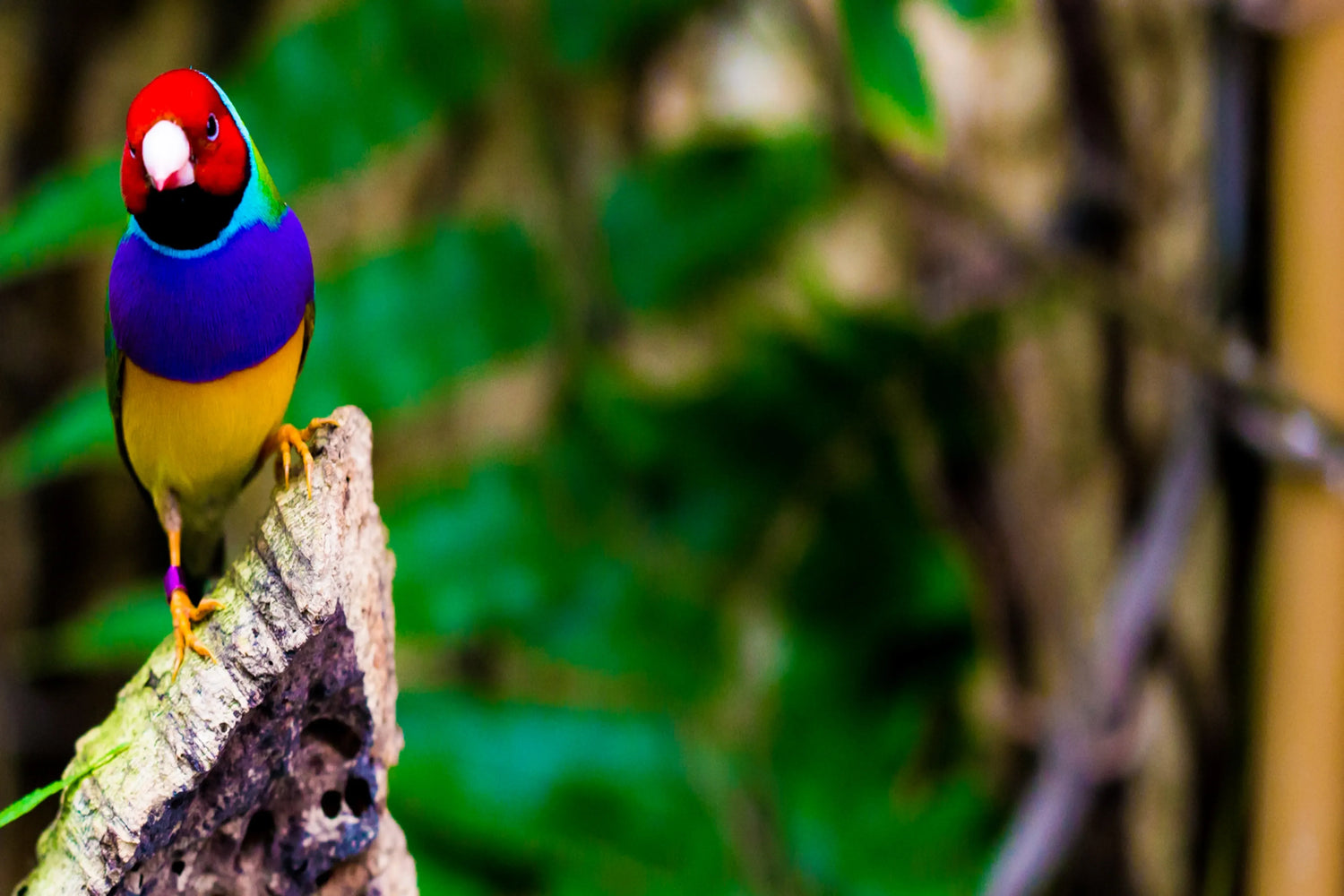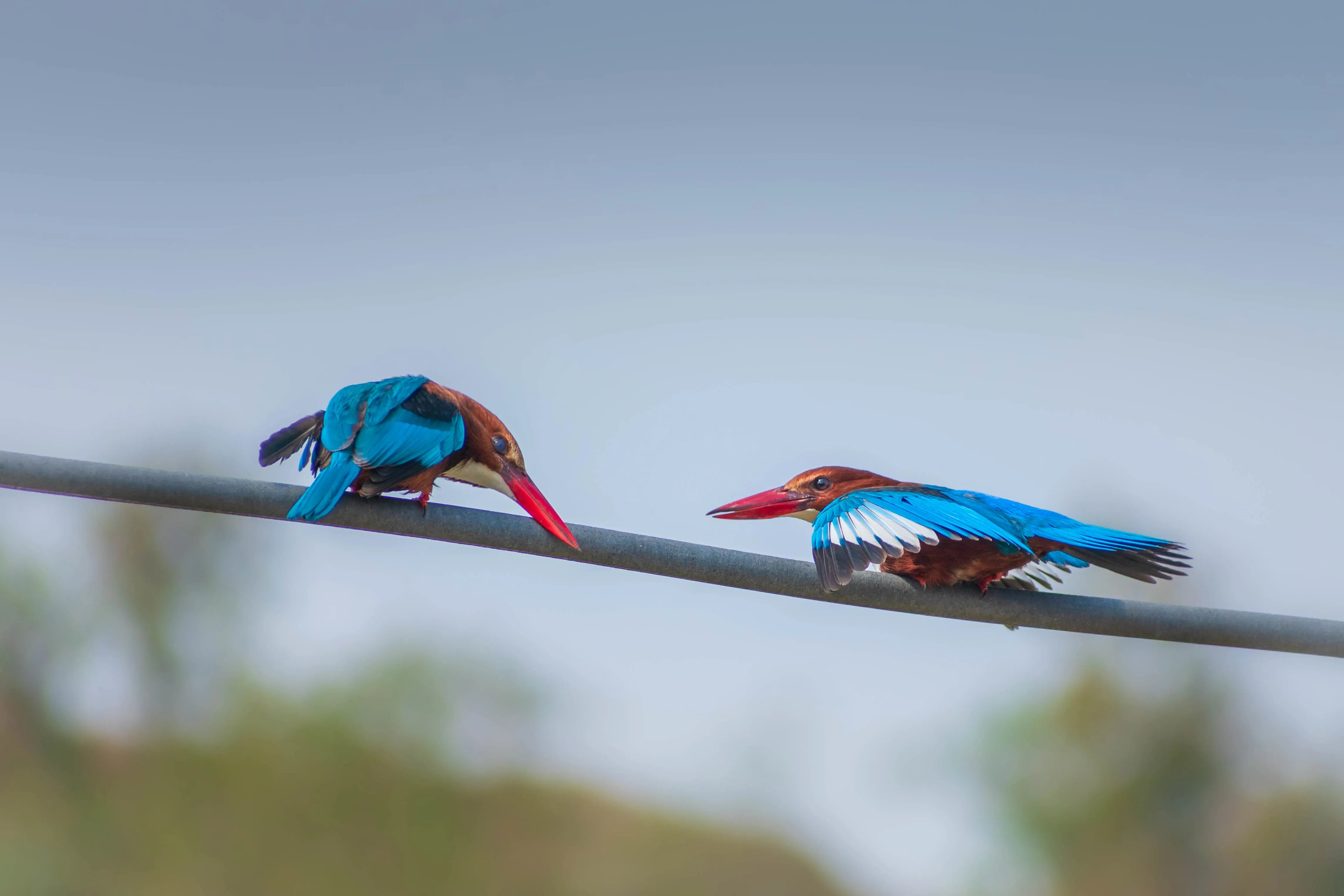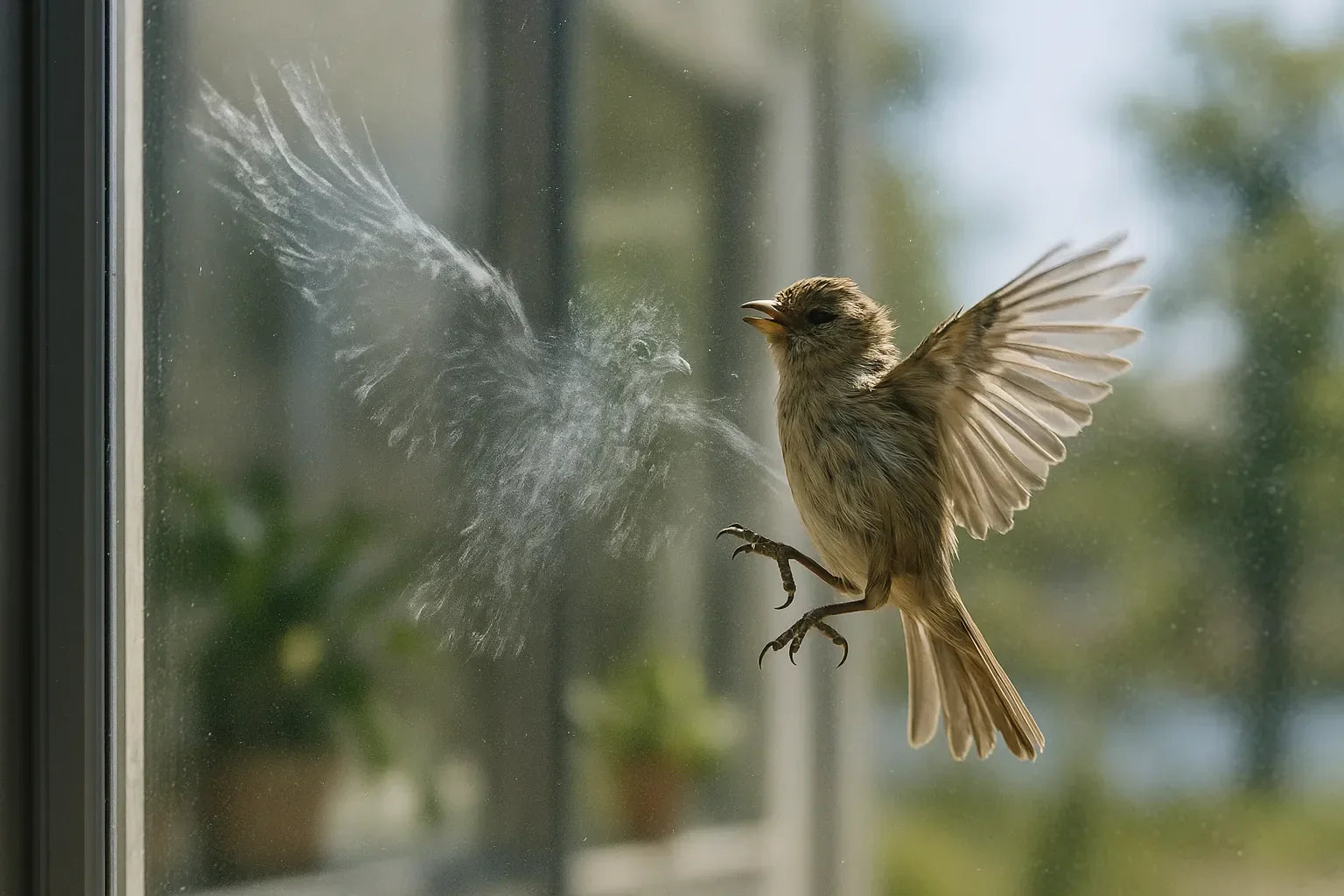When a bright red cardinal lands near your feeder or a hummingbird zips toward a purple flower, one question often comes to mind: Do birds see color the same way we do? Or more specifically, do birds see color best in certain ways compared to humans?
The short answer is—yes, and even more vividly than humans. Birds live in a world bursting with colors we can’t even perceive. In this article, we’ll explore how birds see color, what colors do birds see best, and how this knowledge can help you attract more feathered visitors to your backyard.
👁️ How Do Birds See Color?
Humans are trichromatic, meaning we have three types of cone cells in our eyes to detect red, green, and blue light. Birds, on the other hand, are typically tetrachromatic—they have four types of cone cells, including one that detects ultraviolet (UV) light, which is invisible to the human eye.
This extra cone allows birds to:
- See UV markings on feathers and plants that are completely hidden from us.
- Detect contrast and motion with incredible sharpness.
- Experience a wider spectrum of colors, including hues we can’t even name or imagine.
Fun fact: To a bird, a seemingly plain white flower may actually be glowing with ultraviolet stripes that point directly toward nectar. That’s like nature giving them a neon sign that says, “Eat here!”
The Science Behind Bird Vision
Birds’ eyes also contain oil droplets that filter light before it hits their cone cells. These droplets enhance color discrimination and make their vision remarkably acute. This complex eye structure means birds can detect subtle color differences that humans completely miss.
🌈 What Colors Do Birds See Best?
While birds can see a wider spectrum than humans, certain colors stand out more strongly depending on the species and their ecological needs. Here are some general trends you might notice when asking what colors do birds see best:
| Color | Birds That Prefer It | Why It Matters |
|---|---|---|
| Red & Orange | Hummingbirds, finches | Associated with nectar-rich flowers |
| Blue & Violet | Jays, bluebirds | Indicates ripe berries or territorial cues |
| UV-reflective hues | Most wild birds | Used in mating displays and foraging |
| White or Light Shades | Doves, ground feeders | Easy to spot seeds and insects on surfaces |
Real-Life Examples
- Hummingbirds are famously attracted to bright red flowers and feeders because many nectar-rich blooms reflect those wavelengths vividly.
- Blue jays and bluebirds often use blue and violet hues to mark territory or find food like berries.
- UV reflectance plays a critical role during mating season, as many birds use ultraviolet feather patterns invisible to predators or humans to attract mates.
🧬 Why Color Vision Matters in Bird Life
Bird color vision isn’t just about beauty—it’s vital for survival. Birds use color to:
- Attract mates: Bright, vivid plumage signals healthy genes and fitness to potential partners.
- Forage efficiently: Color helps birds quickly identify ripe fruit, edible flowers, and insects hidden in foliage.
- Avoid predators: Camouflage and warning colors help birds stay safe or warn others.
- Recognize social signals: Color patterns convey information about age, dominance, or family relationships within bird communities.
This rich color perception means birds live in a world more colorful and nuanced than we ever imagined.
🏡 How to Attract Birds Using Color in Your Garden
Knowing that birds see color vividly opens up new ways to design a bird-friendly garden:
- Plant brightly colored flowers that appeal to local birds—such as red salvia, purple coneflowers, and orange zinnias.
- Choose feeders in red, blue, or yellow to attract specific species. For example, use red bid feeders to lure hummingbirds or blue feeders for blue jays.
- Avoid shiny or reflective surfaces that may confuse or scare birds. Matte finishes work better.
- Install UV-friendly perches or window markers to prevent bird collisions and make your garden safer.
Pro tip: When selecting the best color birdhouse, think about which birds you want to attract and match colors accordingly for maximum effect.
🔎 Bonus: What Smart Cameras Reveal About Bird Color Preferences
With advances in technology, smart bird feeder cameras like those from Bilantan are revolutionizing backyard birdwatching. These devices allow you to:
- Detect which species visit which colored feeders.
- Record visits over time, helping identify seasonal or behavioral patterns.
- Compare feeder traffic and color preference data to optimize your bird feeding setup.
Using AI species recognition and motion-triggered recording, you can finally see whether blue jays truly prefer blue feeders, or if hummingbirds consistently choose red.
❓ FAQ: Bird Vision and Color Perception
Q: Do birds really see more colors than humans?
A: Yes! Most birds are tetrachromatic, allowing them to detect ultraviolet light and see colors beyond the human spectrum.
Q: What colors do birds see best?
A: It depends on the species. Generally, red, orange, blue, and UV-reflective shades are highly visible and attractive to many birds.
Q: Can birds see in the dark?
A: Birds don’t have true night vision like some mammals, but many species, especially nocturnal birds like owls, have excellent low-light vision.
Q: Why do hummingbirds prefer red flowers?
A: Red often signals nectar-rich blooms. Hummingbirds are both genetically and behaviorally tuned to seek out red flowers and feeders.
Q: How can I choose a feeder color that attracts more birds?
A: Use red or orange feeders for hummingbirds, blue for jays, and place feeders in open, visible locations.
🌟 Final Thoughts: A World More Colorful Than We Knew
So, do birds see color? Absolutely—and in ways that we can barely imagine. Their world is brighter, bolder, and often filled with colors we don’t even have names for.
By understanding how birds see color, you can connect with them more deeply—whether you’re designing a bird-friendly garden, choosing a new feeder, or capturing their behavior with a smart bird camera.
👁️ Want to see what they see?
Explore Bilantan’s smart bird cameras to track, observe, and appreciate the vivid color world through a bird’s eye view.
Discover how color influences your backyard visitors — start observing smarter today!
📣 We’d love to hear from you!
Have questions about bird vision or want to share your favorite feeder color? Drop a comment below or share this post with fellow bird lovers!




Leave a comment
All comments are moderated before being published.
This site is protected by hCaptcha and the hCaptcha Privacy Policy and Terms of Service apply.